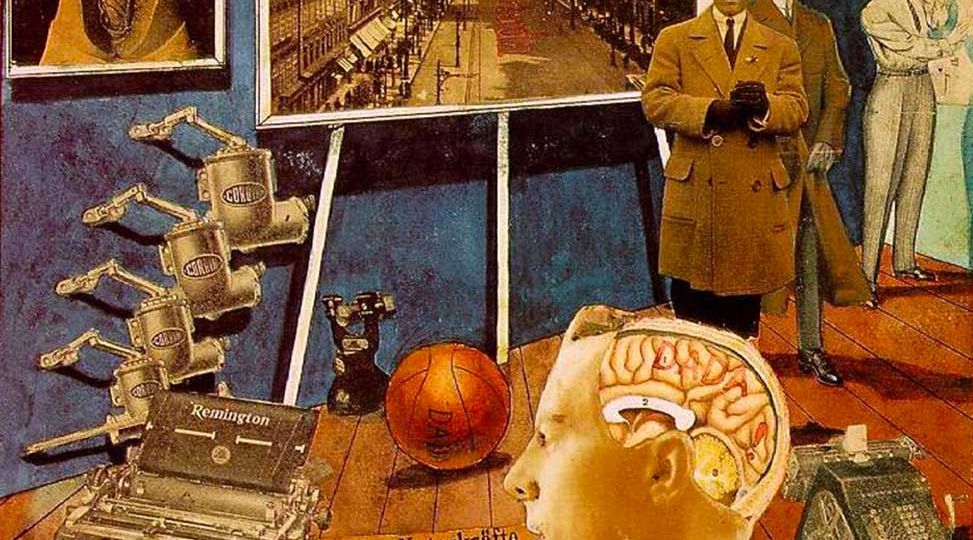Since Sensing and Feeling are not typologically opposed preferences, this may suggest that, contrary to what conventional wisdom might dictate, political liberalism and conservativism may not be logical opposites either. This may suggest a means by which the perspectives of the two political orientations can be bridged.
Research, Theory, and History
Our often-used shorthand illustration with a line drawn between the four allegedly conscious function-attitudes and the four “unconscious” ones is misleading because consciousness is not a sufficiently reliable characteristic for distinguishing these two sides of the psyche’s typology. It’s related to what distinguishes them, but only as a secondary and fairly unpredictable characteristic.
Introverted thinking is more concerned with satisfying a subtle, personally perceived standard of truth—like Barack Obama in his first debate with Mitt Romney. People saw Obama hesitating and looking away from his opponent. I read that as him double-checking to make sure that what he was about to say would meet a benchmark of critical thinking.
The type code had another unintended effect, which was to elevate the E-I and the J-P dichotomies to the same level as the functions. I had always thought of myself as an Introvert and nothing else. I had also been taught that I was a Judging type and I had been told that “J’s decide quickly,” but that was not true for me. So there were holes in my preference framework where my experience did not fit what I was taught.
In Douglass Wilde’s article about his method of calculating the function-attitudes from MBTI® scores, he adds his voice to the persistent minority who challenge the conventional wisdom about the sequence of function-attitude preferences. … By downloading the Wilde Worksheet for Computing Function-Attitudes, you can test these formulations for yourself.
I describe here how I discovered a new way to find the function-attitudes—the ‘building blocks’ of personality type—associated with any set of MBTI® results. I discovered this method almost by accident. My goal was to form teams of graduate design students working together to conceive, build, demonstrate, and report on a physical project.
The contrasts between the handwriting of Sigmund Freud and Carl Jung show that they had very different temperaments and give credence to speculation that the difference in their personalities was an important factor in the final dissolution of their friendship. Freud’s writing is very complex and contradictory; Jung’s very simplified and balanced.
… A wise employee will come to understand the culture of the company … and recognize that the team has long since developed a certain way of taking care of others. The team uses its auxiliary function, not yours, or the one your tertiary Child expects it to use. You cannot expect an organization to take care of you in the way that you want …
The blank piece of paper symbolically represents our universe. How we put writing on the paper—how the pen moves across the paper—represents how we see ourselves fitting into life and how we navigate through it. Extraversion is characterized by a tendency toward expansion. There is an emphasis on centrifugal movement (movement away from the body).
You can assert yourself … with an introverted function. You can take care of others … with an introverted function. You’re just not likely to do both these things with an introverted function, any more than one would do both with an extraverted function; our alternation of attitudes between the dominant and auxiliary takes care of that.











